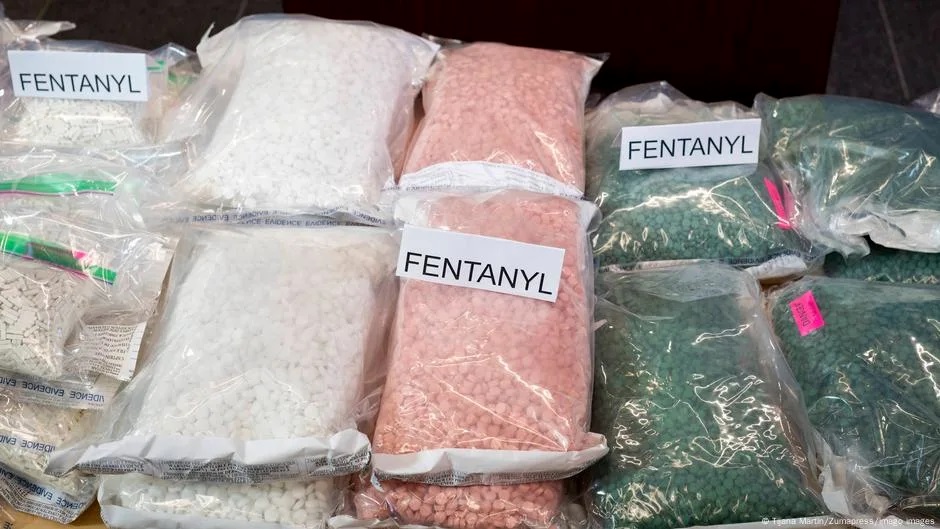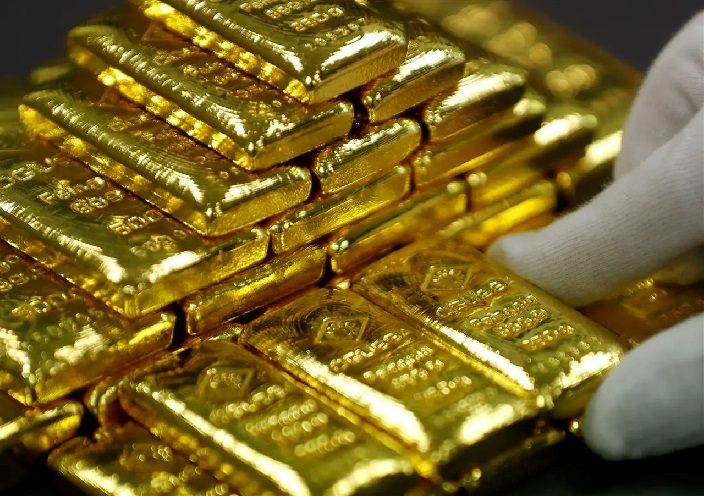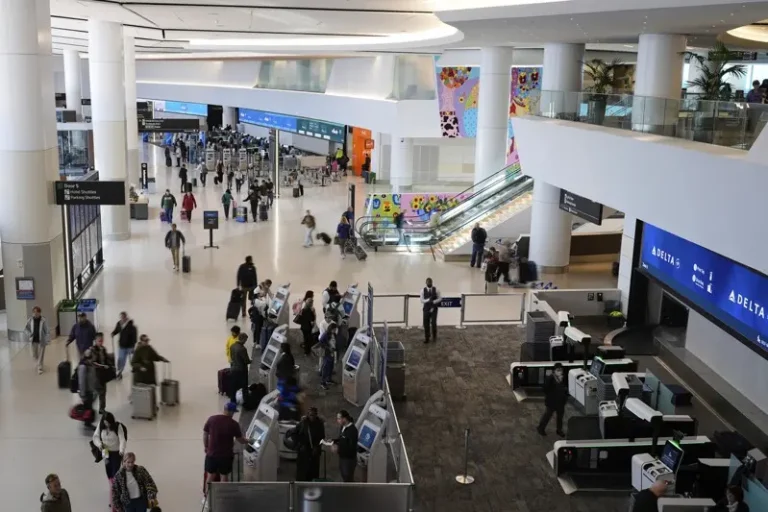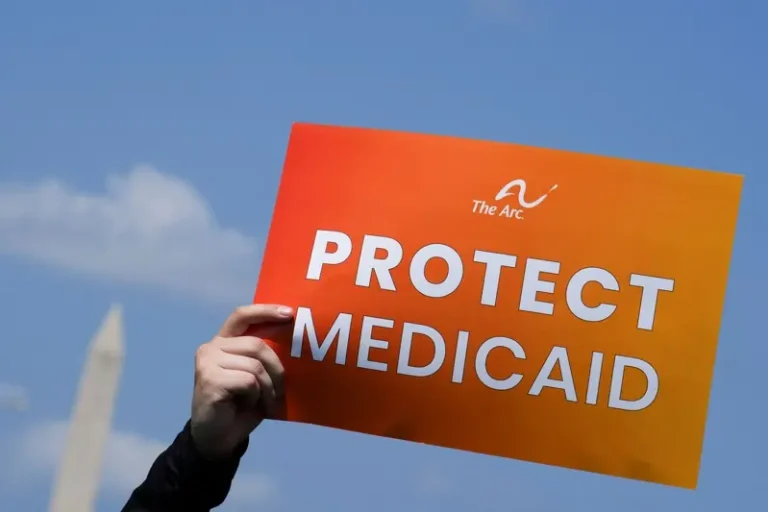
In the past week, China has taken a series of measures to combat fentanyl, signaling cooperation with the United States.
In February, U.S. President Trump imposed a 20% tariff on Beijing for what he said was Beijing’s failure to combat the flow of fentanyl precursor chemicals. The tariffs remain in place despite a fragile trade truce reached in Geneva in May. Fentanyl has killed nearly 450,000 people in the United States.
Beijing has refuted Washington’s claims. The two sides have been deadlocked for months, although China has also sent a vice minister of public security to participate in the Geneva talks.
Reuters reported that China has rejected some of Washington’s demands, such as publishing news on the front page of the Communist Party’s mouthpiece People’s Daily to combat fentanyl precursors, educating party members, and tightening regulations on specific chemicals.
On Thursday (June 26), China’s Ministry of State Security accused “a certain country of facing the worsening abuse of fentanyl in its own country, instead of facing and solving its own problems, it is busy shifting the blame and smearing China.”
However, last Friday, a joint statement from multiple Chinese government departments listed two fentanyl precursors as controlled chemicals. 4-Piperidone and 1-tert-butyloxycarbonyl-4-piperidone were listed as “precursor chemicals”. This has rekindled hopes that the relevant 20% tariff may be lifted.
Meanwhile, last Thursday, U.S. Ambassador to China David Perdue met with Chinese Public Security Minister Wang Xiaohong in Beijing. Chinese official reports said that China is willing to cooperate with the United States in areas such as drug control.
On Tuesday, when asked about the inclusion of two fentanyl precursors in the list of controlled chemicals, a spokesperson for the Chinese Ministry of Foreign Affairs said that this is Beijing’s autonomous measure to implement the United Nations Convention on Drug Control and Restrictions, reflecting China’s attitude towards participating in global drug governance.
Working-level dialogue on fentanyl is still ongoing, and Trump also discussed this issue during a phone call with Chinese President Xi Jinping on June 5.
Chinese official media reports on drug crackdown
According to Chinese official media reports on Thursday, as of June 25 this year, immigration management agencies across the country have arrested 262 criminal suspects and seized 2.42 tons of various drugs in port border areas, further consolidating the continued positive trend of drug control in ports and borders.
On Wednesday, Chinese officials announced that from January 2024 to May 2025, the national procuratorate approved the arrest of more than 700 people involved in drug-related money laundering crimes and prosecuted more than 1,300 people, up 2.1% year-on-year.
Miao Shengming, deputy procurator general of the Supreme People’s Procuratorate, said Beijing will “cut off the criminal profit chain and destroy the economic foundation of drug crimes.”
On Monday, Liu Yuejin, former director of the Narcotics Control Bureau of the Ministry of Public Security, was sentenced to death with a reprieve for bribery, Chinese state media reported. He was accused of accepting bribes worth more than 121 million yuan between 1992 and 2020.
Chinese scholars acknowledge that fentanyl’s role in the US-China trade war carries a lot of political baggage for Beijing.
Liu Weidong, an expert on US-China relations at the Chinese Academy of Social Sciences, told Reuters: “The United States sees the fentanyl issue as a signal of poor governance by China and puts pressure on China to politicize drug control.”
He said: “This background will definitely affect China’s attitude towards the fentanyl issue.”







